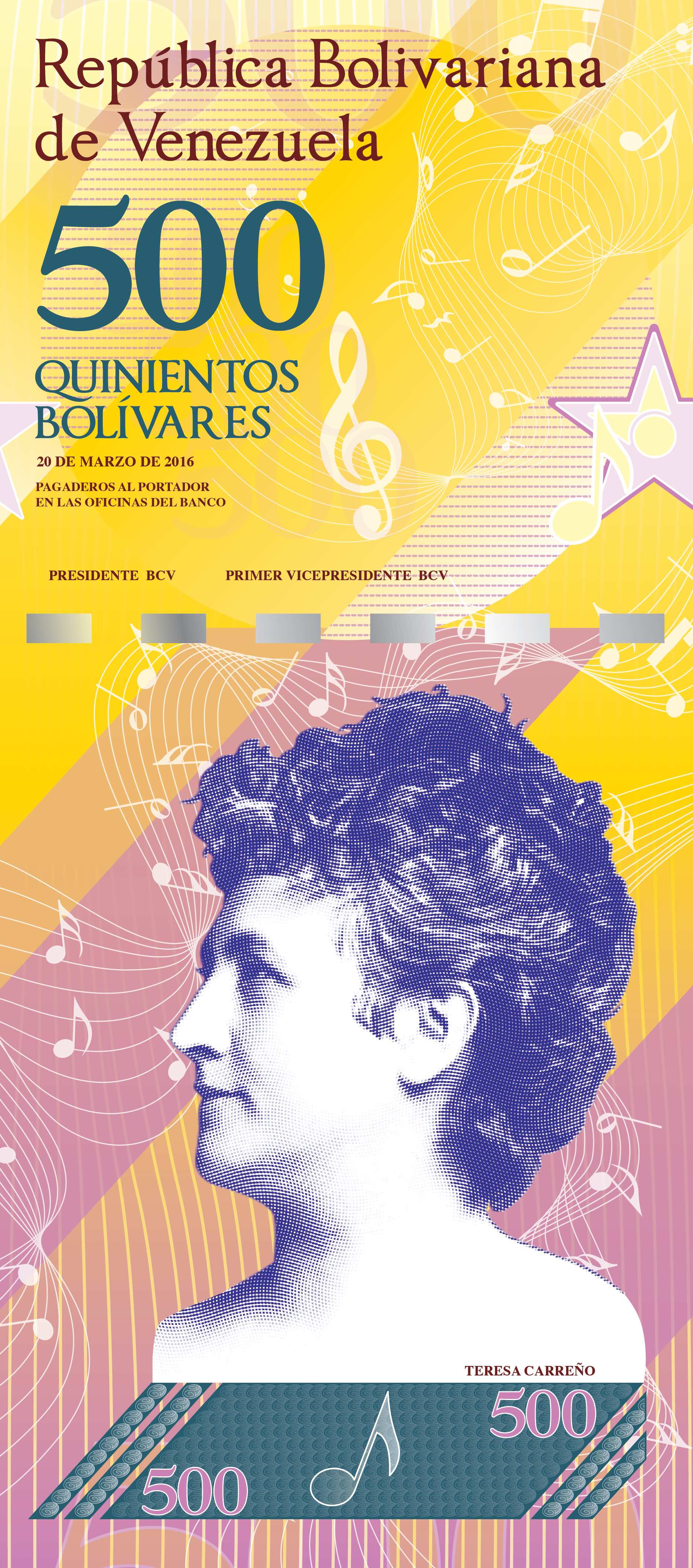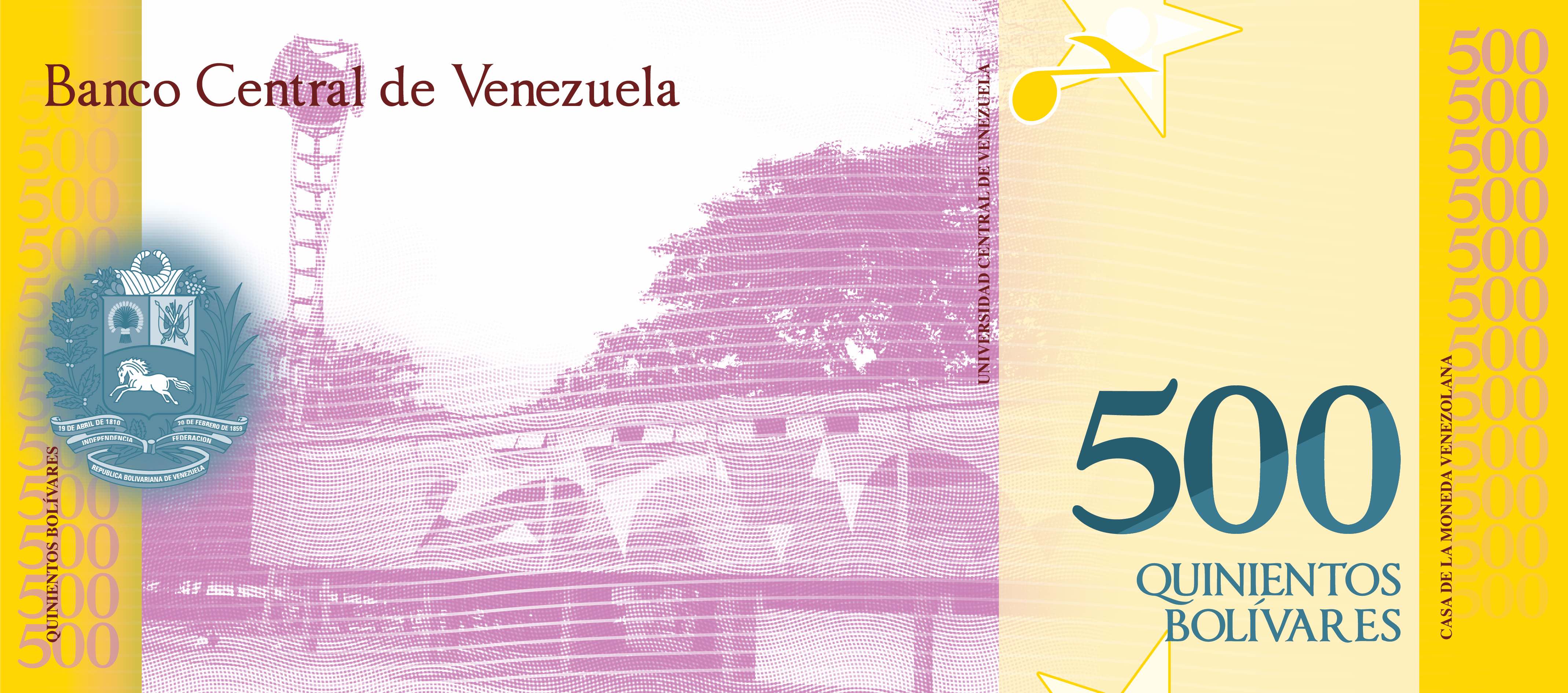Protagonistas de la Moneda: The Results are in!
Several weeks ago we asked for your help in choosing the worthiest Venezuelans and monuments, manmade or natural, to be on our currency. We tallied up the votes, and will be presenting results in a three-part Friday series. BCV, eat your heart out.


Venezuela might not be a country with a staggering number of Nobel Prize winners, or Pulitzers, Palm D’Ors or even FIFA Balon d’Ors. We’re also way more prone to negative attention these days than for garnering praise about….well, anything, really.
We’re a nation of underdogs. Our history is full of challenges ingeniously overcome and people that became legends against all the odds. We live for the upsets and for making way on our own path.
For too long, we’ve been basking in the fading glory of the Independence Generation, beginning with a pathological over-reliance on a certain you-know-who. It’s an atavism that’s led to us systematically undervaluing our other heroes: the civilians, the artists, the men of letters, the engineers and naturalists and scientists who didn’t need weapons to make their marks.
A few weeks ago, we asked you who you think we should honor as we move away from the cult of the strongmen and towards a celebration of our civilian heritage: a heritage that has embedded within us the resilience and grit to overcome any calamity.
You’ve voted for three fine choices, and we commissioned an artist to help us envision what it might be like to honor them in our currency.
The monuments on the back of each bill are also those you chose as symbols of us. They’re emblems of Venezuela as it could be: the Venezuela of dreamers and makers, thinkers and doers. The Venezuela that awes and creates rather than blustering and destroying.
This week, we start with the Bs.500 bill BCV should put out. Check back with us next week as we unveil the rest of the banknotes that our readers chose through voting. And then savor the experience in the knowledge that you have participated in one of the few remaining exercises in democracy that still take place in Venezuela.
500 Bolivars: Teresa Carreño, Universidad Central de Venezuela

Teresa Carreño (1853 – 1917) A musician, pianist, singer, composer, and conductor, her work was heard in theaters throughout the most important European and American cities of the time. As a woman, she was the exception in a time when women didn’t even have the right to vote in many of the countries she visited. As a Venezuelan, she was able to put this former Spanish colony on the international cultural map, there’s even a crater named after her on Venus.
The challenges she had to face were surely complicated enough in a competitive world such as the late 19th century aristocratic cultural scene. The fact that she was an outsider in every sense possible must have made it that much harder to get her foot in the door, let alone to mount two world tours at the turn of the century. And yet her work was so recognized, that nearly 60 years after her passing it was her name that was chosen to baptize the largest theater complex in the country.

Universidad Central de Venezuela Founded in 1721, UCV is Venezuela’s first university and one of the portals for the Enlightenment to enter the Americas. The writings and ideas here exchanged, during times of the American Revolution, found in the UCV a perfect place to foster debate and discussion amongst those mantuanos tired of being second class citizens to peninsulares.
Its nickname, La Casa que Vence las Sombras (the house that defeats the shadows) is one of defiance to ignorance and tyranny as well. In the 20 century, during Juan Vicente Gomez’ tenure as dictator it was here that students once again rose against those in power. The Generación del 28 had within its ranks several of the most influencial Venezuelans in history, including three former presidents, two newspaper founders, two political party founders and several authors and intellectuals. To this day, it remains the most relevant university in Caracas and its new campus, designed by Carlos Raúl Villanueva, and declared a World Heritage Site by UNESCO in 2000, remains a key monument in our nation’s capital.
Caracas Chronicles is 100% reader-supported.
We’ve been able to hang on for 22 years in one of the craziest media landscapes in the world. We’ve seen different media outlets in Venezuela (and abroad) closing shop, something we’re looking to avoid at all costs. Your collaboration goes a long way in helping us weather the storm.
Donate




